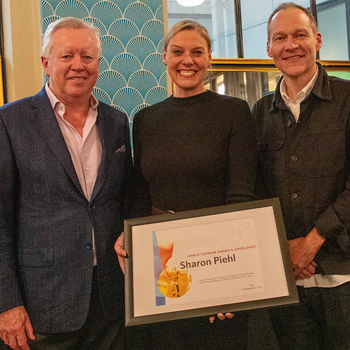Keeping Clarity when Creating Content
Nobody likes to explain a joke, you immediately lose your point and your audience. The same goes with content. You should never feel the need to explain your content, within your content.
This following blog post is a look at different types of content for social networking platforms and some common mistakes made.
Bill Clinton’s dogs love cheese sandwiches
Let me just jump into my personal pet-peeve: a product specific brand trying to be a global lifestyle magazine, or anything else it isn’t. It’s very easy to start wondering off course and broadening themes when one is preparing a blueprint for a new client. Suddenly this characteristic links to this factor links to this theme links to this…next thing you know your client, who technically only sells herbal face masks, is in the business of giving political advice and stock exchange updates.
When developing a blueprint, by all means do explore the various paths the brand can go. Something very few people do is also to look at what it means when you are saying, what you are saying at that moment. Consider all the possible ways it can reflect on a brand or company – is the tone arrogant or worse ignorant? The internet can be a cruel playground for some, and it only takes one person or troll to question what and why you are distributing that specific information, and if you cannot tell them in one simple, confident answer, you stand the risk of being punched in the nose for no good reason. (You were only trying to help…we know.) Always make sure you can immediately link back the content to your main objectives.
The circus tent
Whether your client is in the business of selling beauty products, kitchen appliances, or cars. If there is no overarching campaign that is supporting your broader message on other platforms (e.g. larger, traditional marketing campaigns that include TVC, billboards or print) which, will guarantee that when a person sees your Facebook post, no matter how arbitrary the content is, it will immediately ring a bell in the audience’s head, and substantiate the bigger message, and in return increase the purchase consideration. I like to think of this as a circus tent – covering and keeping in all the various factors and craziness that is your beautiful campaign, under one unifying roof.
The beast that is brevity
The famous French polymath, Blaise Pascal, wrote, “I have made this longer than usual because I have not had time to make it shorter.” Here’s why you should keep this quote close to you:
- Majority of digital media consumption takes place on mobile. So make sure your message is structured correctly.
- If you have to publish a bigger piece, Facebook does offer instant articles, allowing you to publish a longer piece of information that would have previously gone on a blog post. However the same rules count – keep your paragraphs short and concise and your first 4 sentences need to grip the audience’s attention, don’t start with a boring, long intro. Again, don’t try and explain your joke before you’ve actually started it.
- Lengthy headlines get lost below the fold.
- Consistency is not bad – you can post the same thing more than once but alter it so it can still stand on its own. This helps substantiate your bigger message.
- Along with the concept of consistency, why not take a large piece of information and break it up in segments to create similar posts but each with a new unique piece to your message. Breaking up an infographic can turn one post (which probably would have looked bad as one large infographic and they tend to be hard to view) into 5 to 10 more impactful posts. Just remember to link it back to the main message.
Final message
Keep content concise, interesting and relevant. It does take some time to develop content based on these simple ideologies, especially if you have to write monthly content calendars, but at the end of the day, it’s worth it and better to have a set of really great posts that tracks engagement and reach, rather than just filling up everyone’s timelines with spam.
If I can leave you with one thing: you don’t necessarily have to write less. Write better.
Written by: Jeanné Lloyd
Find Out More
-
Digital Insights Bulletin - October 2024
October 31, 2024
-
Sharon Piehl Wins 32nd Annual John D. Graham Award for Excellence
October 25, 2024
-
Digital Insights Bulletin - September 2024
September 30, 2024


